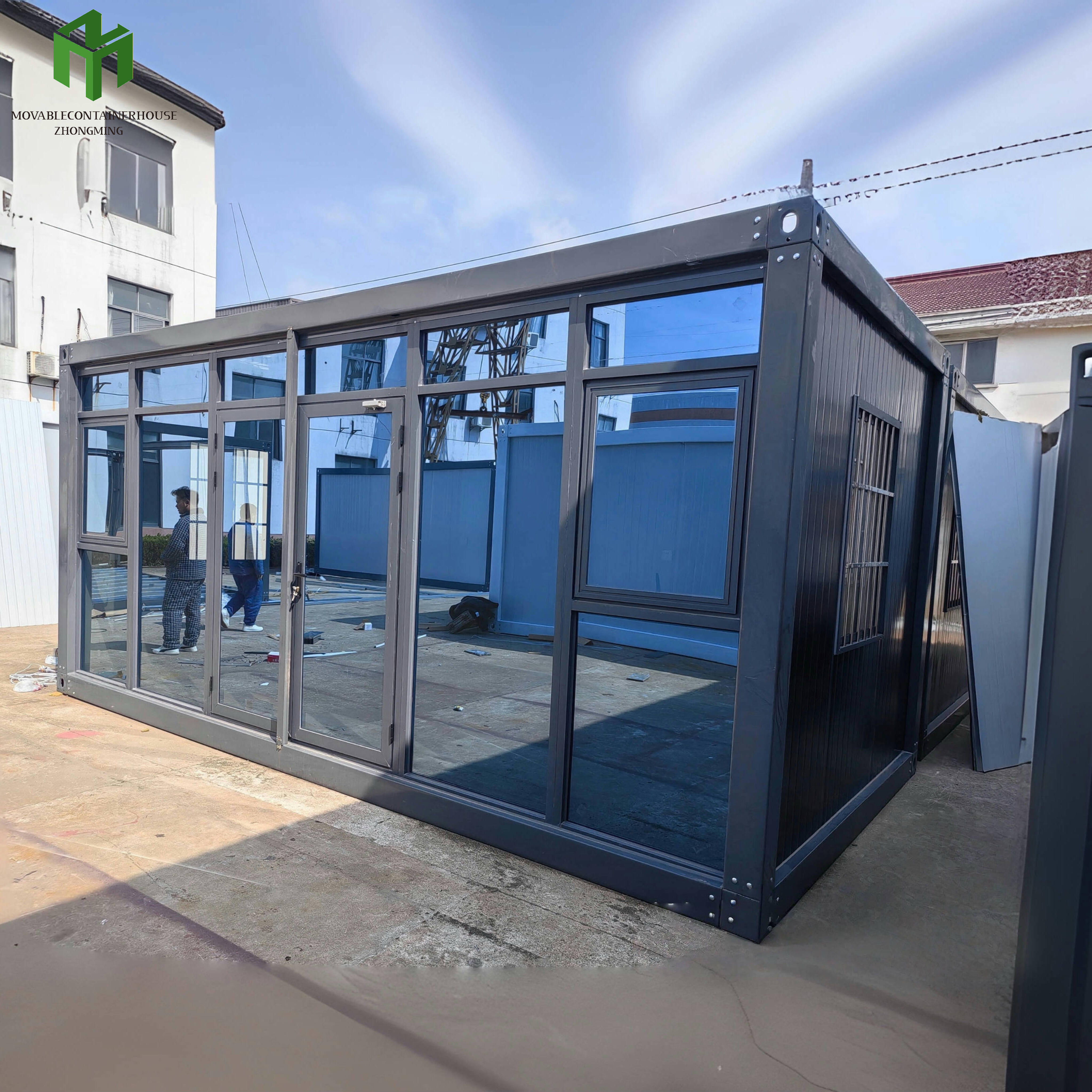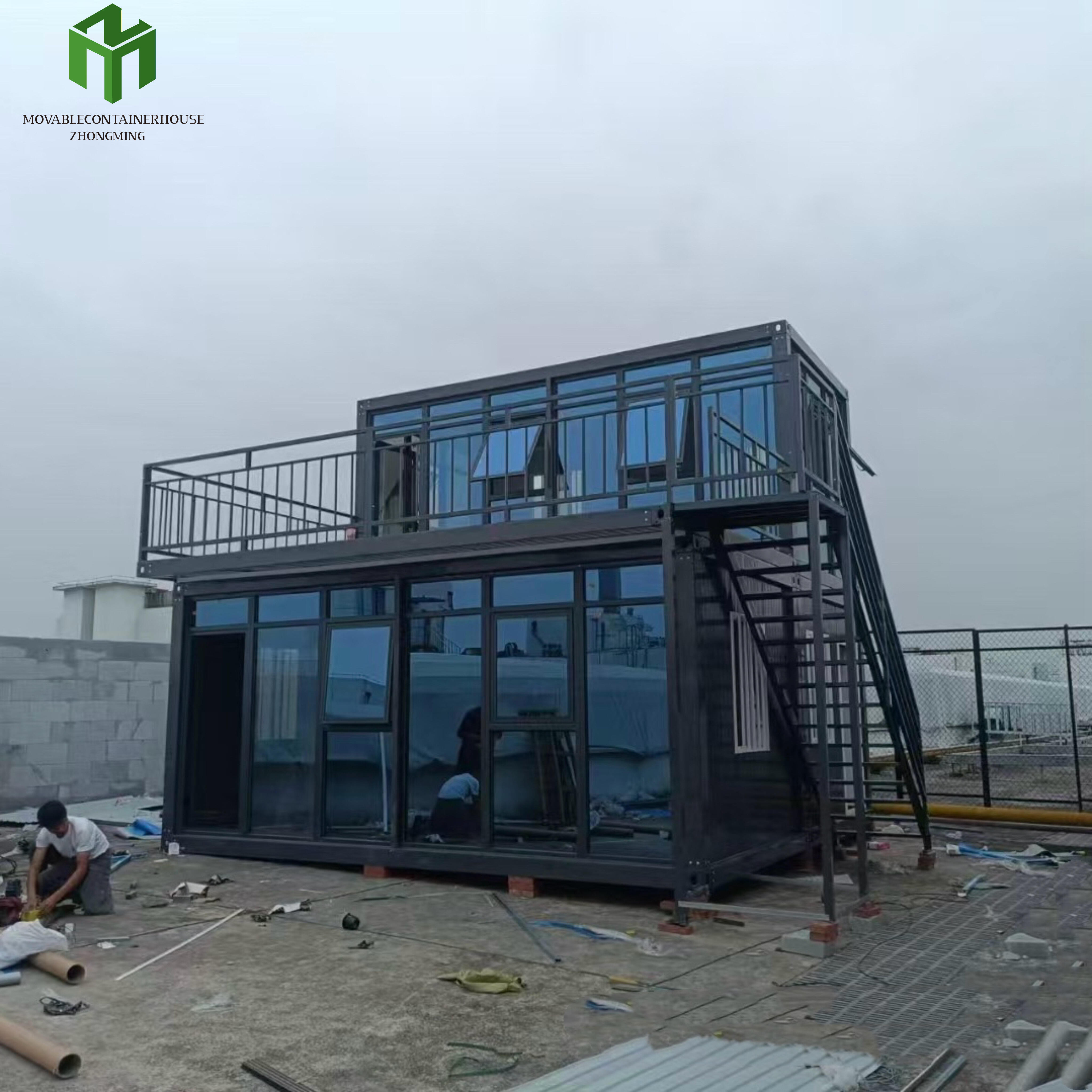The Evolution of Modern Housing Solutions
The housing industry is witnessing a remarkable transformation as innovative solutions emerge to address contemporary living challenges. Among these groundbreaking developments, flat pack container houses have risen to prominence as a revolutionary approach to modern housing. These ingenious structures combine the durability of shipping containers with the convenience of modular design, offering a fresh perspective on sustainable living.
In recent years, the growing interest in flat pack container houses has sparked a new wave of architectural innovation. These versatile dwellings represent a perfect fusion of practicality and modern design sensibilities, providing homeowners with an adaptable living space that can be assembled and modified according to their needs. The concept has gained significant traction among environmentally conscious individuals and those seeking affordable housing alternatives.
Design and Architectural Benefits
Customization and Flexibility
Flat pack container houses offer unprecedented levels of customization, allowing homeowners to create spaces that perfectly match their lifestyle requirements. The modular nature of these structures means that rooms can be added, removed, or reconfigured with relative ease. From simple studio layouts to complex multi-story designs, the possibilities are virtually limitless.
The architectural flexibility extends to interior design choices as well. Modern flat pack container houses can incorporate various finishing materials, window styles, and exterior cladding options. This versatility ensures that each home maintains its unique character while benefiting from the structural integrity of container construction.
Space Optimization and Efficiency
One of the most compelling aspects of flat pack container houses is their intelligent use of space. Every square foot is carefully considered during the design phase, resulting in homes that feel surprisingly spacious despite their compact footprint. Built-in storage solutions, multi-functional furniture, and clever room layouts maximize the available area.
The efficient design principles extend to the vertical dimension as well. High ceilings and strategic window placement create an enhanced sense of openness, while mezzanine levels can be incorporated to add extra living space without increasing the building's footprint.

Environmental and Sustainability Features
Eco-friendly Construction Process
The environmental benefits of flat pack container houses begin with their construction process. By repurposing shipping containers, these homes give new life to existing materials that might otherwise go to waste. The manufacturing process requires significantly less energy and produces fewer emissions compared to traditional construction methods.
The modular nature of these homes also means less waste during construction. Components are precisely manufactured in controlled factory environments, minimizing material waste and reducing the environmental impact of on-site construction activities.
Energy Efficiency and Insulation
Modern flat pack container houses incorporate advanced insulation technologies and energy-efficient design principles. High-quality insulation materials and strategic climate control systems ensure comfortable living conditions while minimizing energy consumption. Many designs also include solar panels, rainwater harvesting systems, and other sustainable features that further reduce environmental impact.
The thermal properties of container structures can be enhanced through various techniques, including the use of green roofs, double-wall construction, and specialized coating materials. These improvements help maintain stable indoor temperatures throughout the year, reducing reliance on artificial heating and cooling.
Economic Advantages and Cost Considerations
Initial Investment and Long-term Value
The financial benefits of choosing flat pack container houses are substantial. The initial construction costs are typically lower than traditional building methods, particularly when considering the speed of assembly and reduced labor requirements. These savings extend to transportation costs, as flat-packed components can be shipped more efficiently than pre-assembled structures.
Long-term value is another significant advantage. The durability of container construction means lower maintenance costs over time, while the adaptability of these homes ensures they can evolve with changing needs without requiring extensive renovations.
Speed of Construction and Labor Savings
The assembly process for flat pack container houses is remarkably efficient. What might take months using conventional building methods can often be completed in weeks or even days. This rapid construction timeline translates to significant labor cost savings and allows homeowners to occupy their new spaces sooner.
The simplified assembly process also means fewer specialized workers are required on-site. Most components arrive pre-finished and ready for installation, reducing the complexity and cost of the construction phase.
Future Trends and Market Outlook
Technological Innovations
The future of flat pack container houses looks increasingly promising as new technologies emerge. Advanced manufacturing techniques, including 3D printing and automated assembly systems, are making these homes even more accessible and customizable. Smart home integration and IoT capabilities are becoming standard features, enhancing the living experience for residents.
Innovations in materials science are also driving improvements in durability, energy efficiency, and aesthetic options. New coating technologies and composite materials are expanding the possibilities for exterior finishes while improving weather resistance and insulation properties.
Market Growth and Adoption
The market for flat pack container houses continues to expand as more people recognize their benefits. Urban planners and developers are increasingly incorporating these structures into their projects, particularly in areas where housing affordability is a concern. The flexibility and scalability of container housing make it an attractive solution for both individual homeowners and larger residential developments.
As building codes and regulations evolve to accommodate alternative construction methods, the adoption of flat pack container houses is expected to accelerate. This growing acceptance, combined with increasing environmental awareness and housing affordability concerns, suggests a bright future for this innovative housing solution.
Frequently Asked Questions
How long does it take to assemble a flat pack container house?
Assembly time varies depending on the size and complexity of the design, but most flat pack container houses can be assembled within 1-4 weeks. This is significantly faster than traditional construction methods, which typically take several months to complete.
Are flat pack container houses suitable for all climates?
With proper insulation and climate-specific modifications, flat pack container houses can be adapted for virtually any climate. Advanced insulation materials and careful design considerations ensure comfortable living conditions in both hot and cold environments.
What is the typical lifespan of a flat pack container house?
When properly maintained, flat pack container houses can last 25-30 years or more. The durability of the container structure, combined with quality materials and proper maintenance, ensures a long-lasting living solution that retains its value over time.


